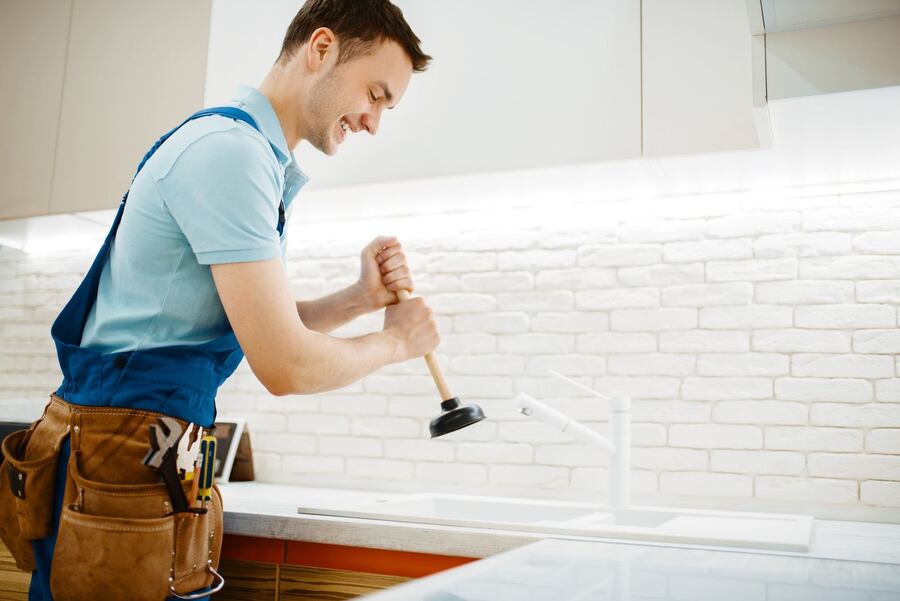Call This Saturday to Get $50 OFF
Call This Saturday to Get $50 OFF
Call This Saturday to Get $50 OFF
Call This Saturday to Get $50 OFF
Dealing with a clogged drain can be a common household woe, and while the instinct might be to call a plumber, there's a cost-effective and eco-friendly solution you can try first – using baking soda and vinegar. This DIY method not only saves you money but also helps you avoid the hassle of scheduling a plumbing repair service. In this guide, we'll walk you through the easy steps to unclog drains with these pantry staples.

Before you jump into action, it's essential to understand the science behind this natural drain cleaning method. Baking soda (sodium bicarbonate) and vinegar create a chemical reaction when combined. The fizzing action helps break down and dislodge debris, allowing water to flow freely through your plumbing system. This approach is particularly effective for mild to moderate clogs.
Plunger Method: If the clog persists, you can use a plunger to further assist in dislodging the debris. Create a tight seal around the drain and plunge vigorously for a few minutes. This mechanical action, combined with the baking soda and vinegar treatment, can often solve more challenging clogs.
Preventive Maintenance: To avoid frequent clogs, consider using this baking soda and vinegar method regularly as preventive maintenance. It helps keep your drains clear and minimizes the need for plumbing services.
Before reaching for the phone to call a plumber or scheduling a plumbing repair service, try the DIY approach of unclogging drains with baking soda and vinegar. Not only is it a cost-effective solution, but it's also an environmentally friendly option. By understanding the basics and following the step-by-step guide, you can tackle clogs with confidence and keep your plumbing in tip-top shape. For more stubborn clogs, feel free to call High Speed Plumbing for clogged drain line repair services.
Are you dealing with a leaky faucet, low water pressure, or a broken handle? If so, you might need a faucet…
A properly working garbage disposal makes kitchen cleanup easy and efficient. If your disposal is acting up—making loud noises, leaking, or…
When your main water line has a problem, it can cause a lot of trouble for your home. Leaks, low water…
Are you dealing with an old, leaky, or broken toilet? If so, it may be time for a toilet replacement in…
If you’re concerned about the quality of your water, water filtration installation in Pomona is a wise choice. A good filter…
Traditional snaking or chemical drain cleaners can harm pipes and aren’t always effective at reaching deep blockages…
Soap scum, hair, or skin are notorious for causing clogging in your shower. The substances accumulate over time, later coagulating and…
Nobody enjoys the thought of sewer problems. Whether it's blocked drains or overflowing toilets, a plumbing emergency can be a huge…